Inside Story
Jonathan Cape, $35 pb, 522 pp
Amis unbound
During a 1995 television interview on Charlie Rose soon after the publication of Martin Amis’s The Information, another long novel, there is a moment when, as Rose begins to read the opening passage, Amis’s mouth visibly slackens. Silently he intones the first lines. His hand (often tentatively raised toward his chin in interviews) searches out his forehead. There is a spectral waver in his gaze, a registering (as if accommodating, or incorporating, new information). He looks adrift, unmoored. Free-floating. One has the sense of a man assimilating his own self as it is spoken back to him. For a moment, he seems precarious.
Amis once wrote that a writer’s life ‘is all in the novels, at one remove or another, for the not-so-idly curious’. The viewer feels as though here, in close-up, the truth of that sentiment was being comprehensively proven.
The cover of Inside Story dubs the 500-page work ‘a novel’. Amis calls the enterprise a ‘novelised autobiography’. Of Philip Larkin’s ‘Letter to a Friend About Girls’, he notes: ‘The “friend” of the title is only approximately Kingsley [Amis], just as the narrator of the poem is only approximately Philip; but approximation can come very close.’
Here, approximation comes very close, very often.
Continue reading for only $10 per month. Subscribe and gain full access to Australian Book Review. Already a subscriber? Sign in. If you need assistance, feel free to contact us.



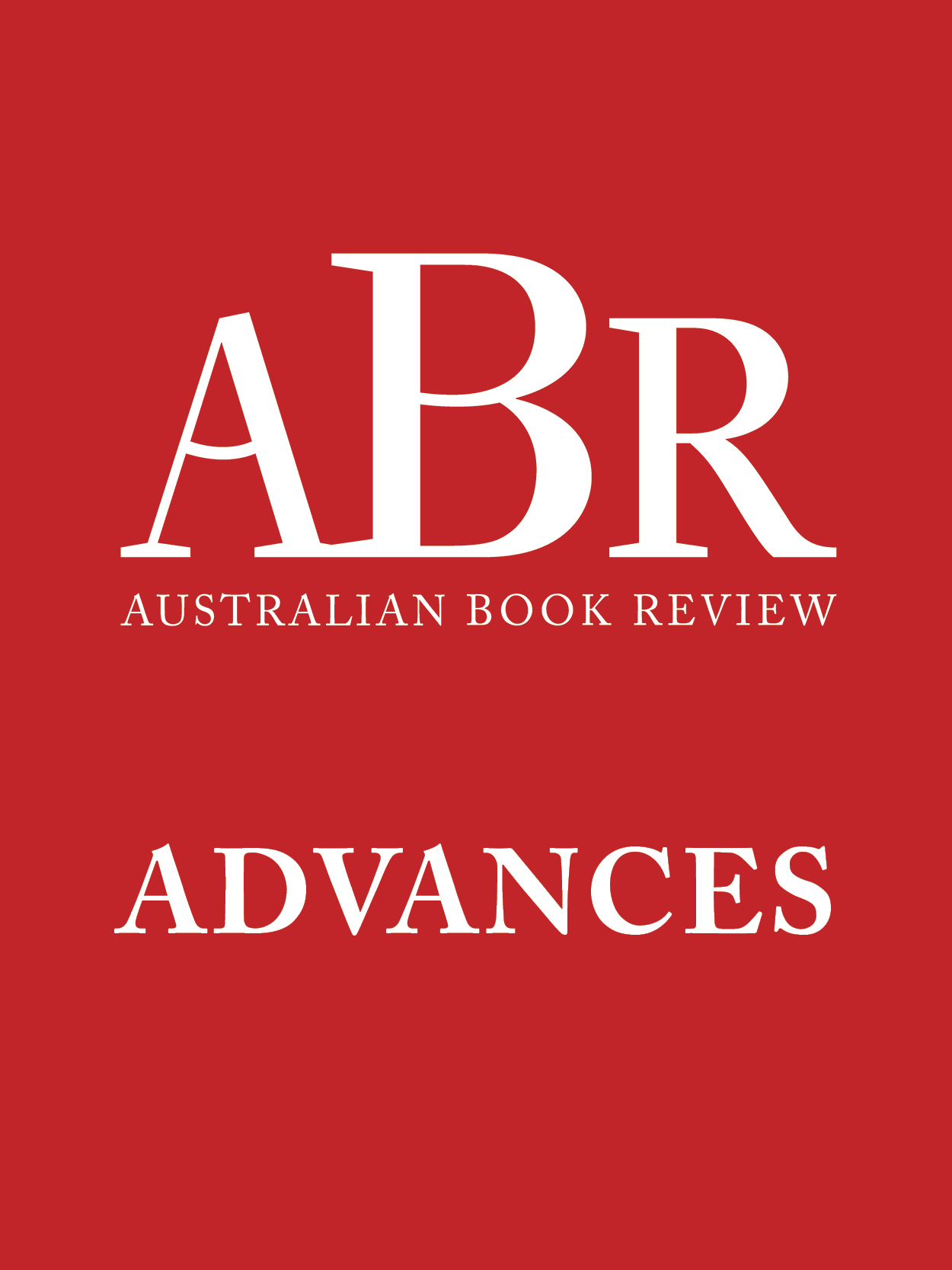

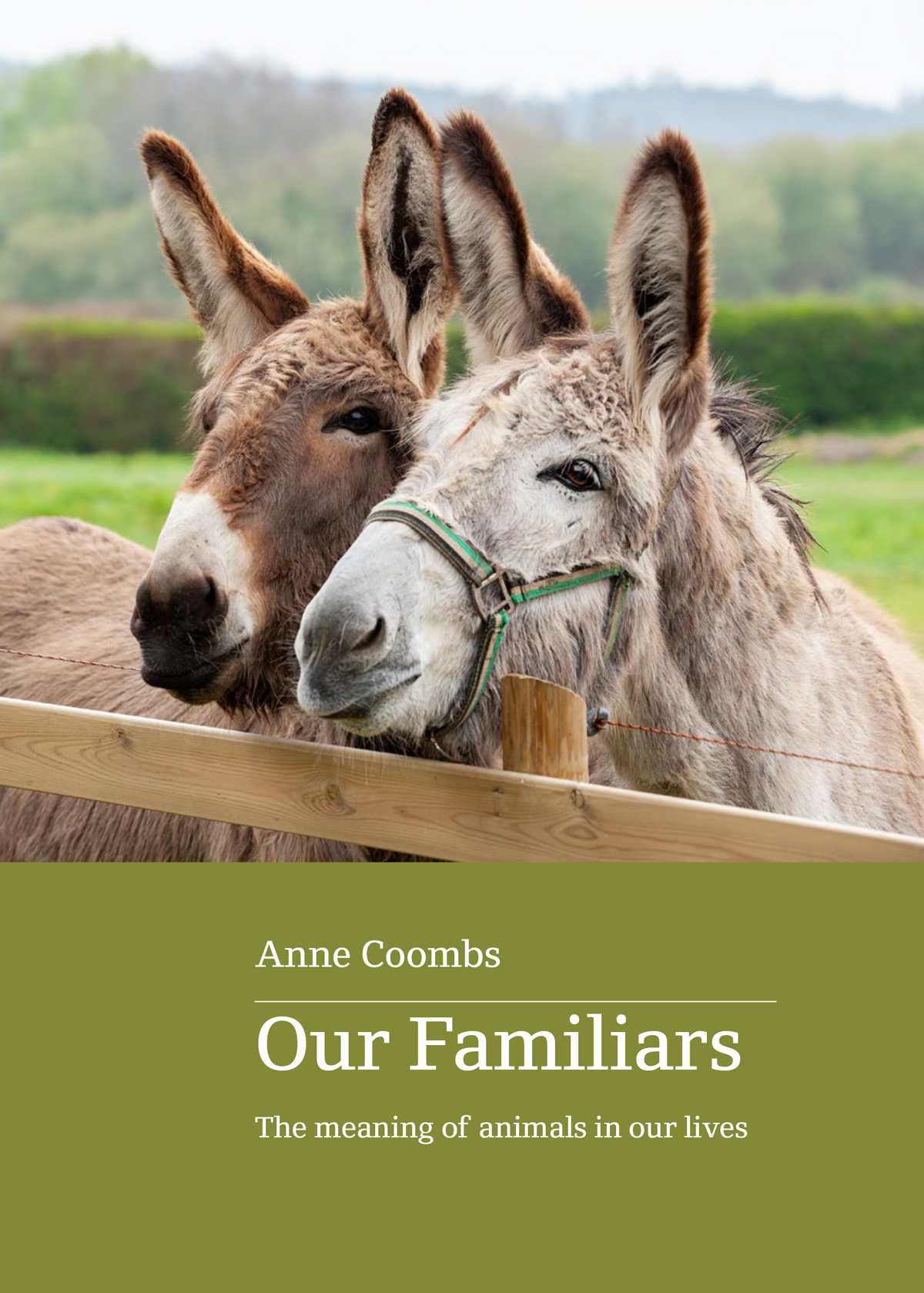

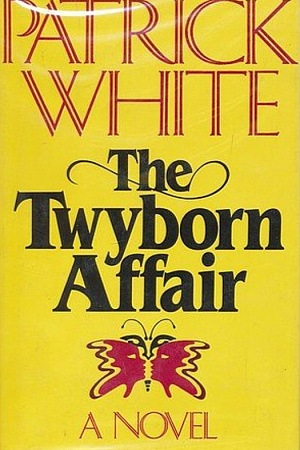
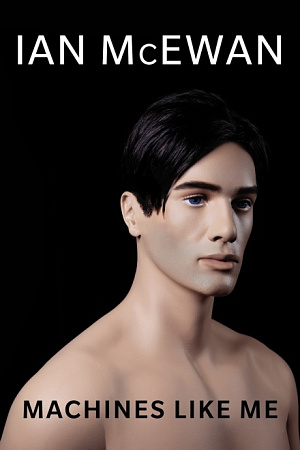

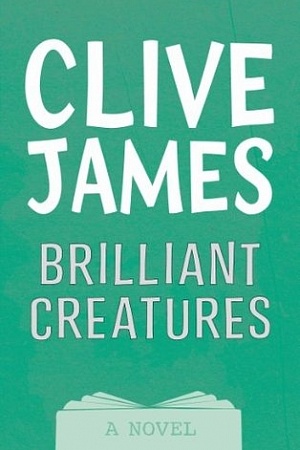
Leave a comment
If you are an ABR subscriber, you will need to sign in to post a comment.
If you have forgotten your sign in details, or if you receive an error message when trying to submit your comment, please email your comment (and the name of the article to which it relates) to ABR Comments. We will review your comment and, subject to approval, we will post it under your name.
Please note that all comments must be approved by ABR and comply with our Terms & Conditions.